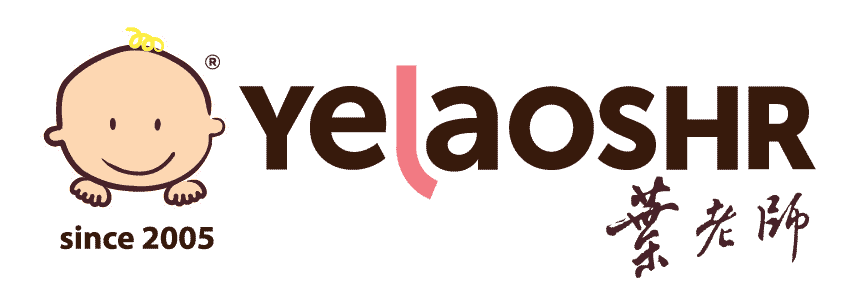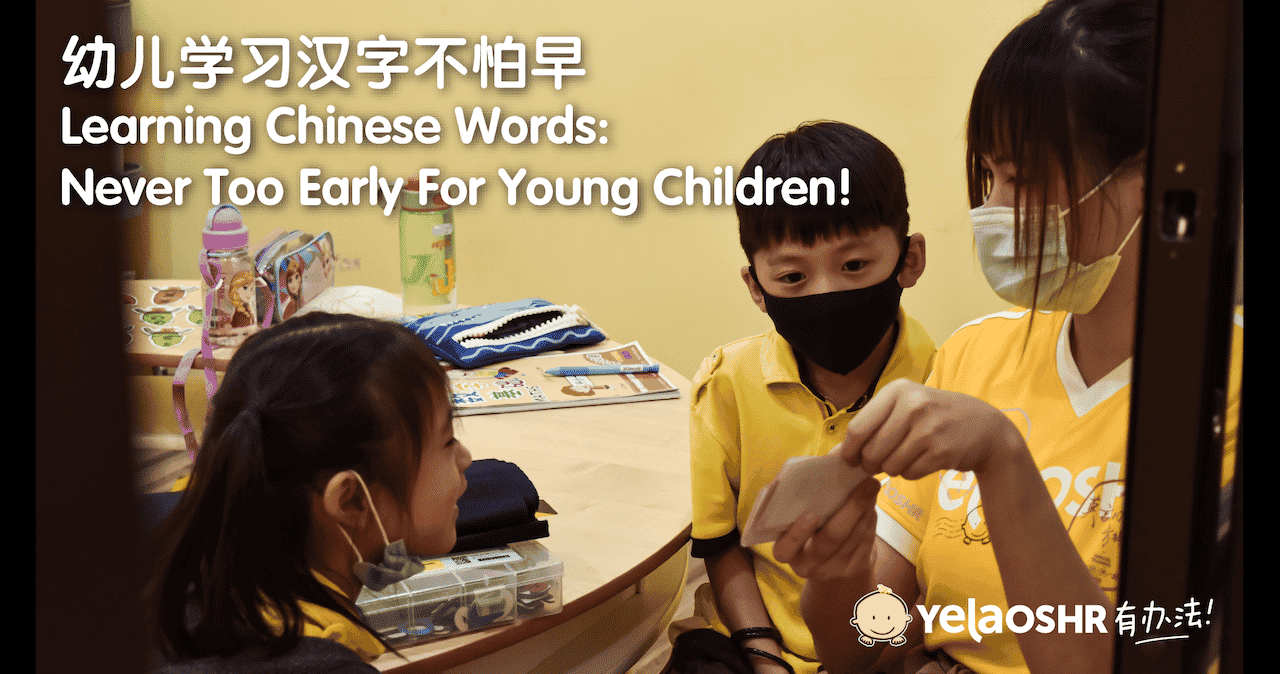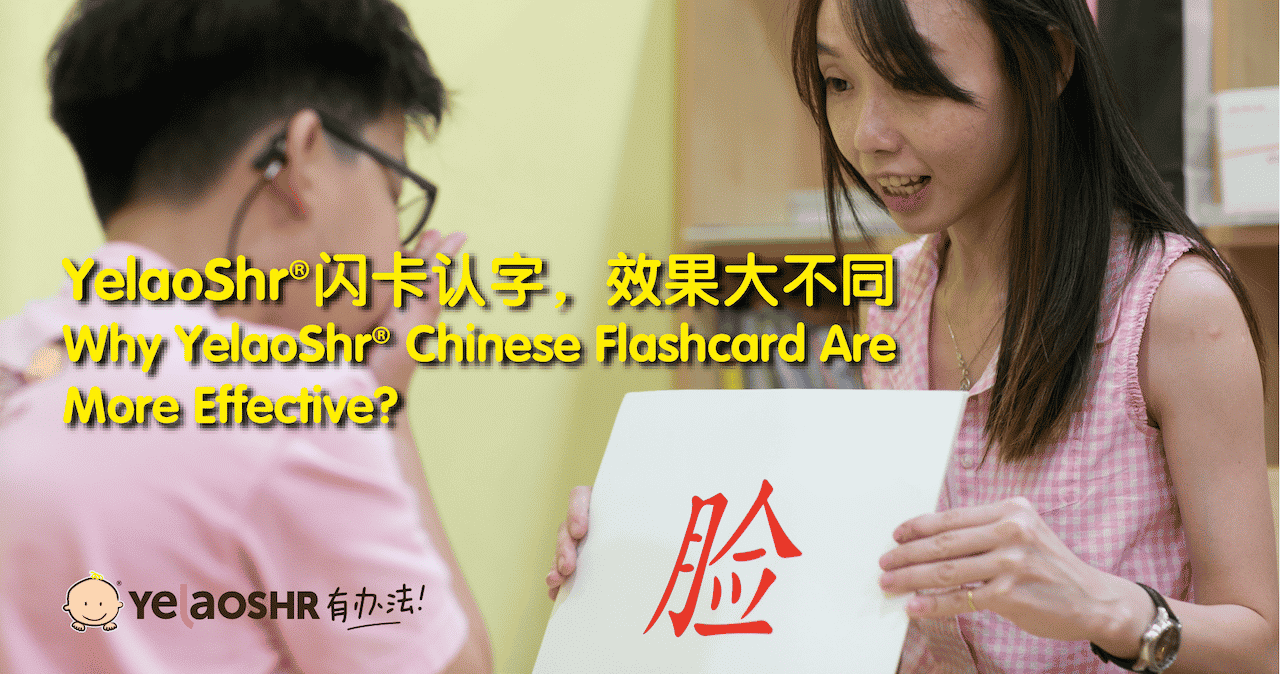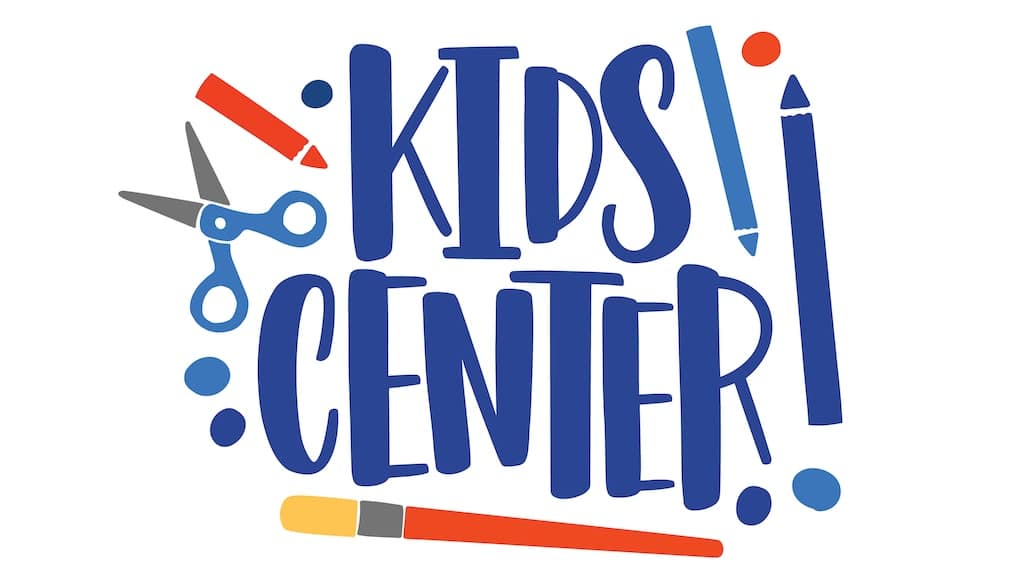Writing words and phrases has been a major part of homework in primary school. Mrs. Wu discovered that her Standard 2 son had been very slow in writing, especially words with more strokes or words not commonly used in daily life. Her son always wrote a word stroke by stroke, constantly lifting his eyes to refer to the sample given. Thus, he usually could not complete his homework on time. Mrs. Wu was dismayed because her child took his learning seriously but every time when she looked at his snail’s pace, she couldn’t help to feel impatient. As practice makes perfect, she gave her son more word writing exercises to improve his writing speed but the result was still unsatisfactory.
YelaoShr® has often encountered such children for the past 20 years. In fact, their slow speed in writing words, learning to recognize words and reading are actually attributed to visual memory deficiency. As the Chinese proverb says, “A workman must first sharpen his tools if he is to do his work well”. Therefore, instead of giving children more word writing exercise to improve literacy, parents can enroll their children in proven literacy programmes to develop their visual memory in order to improve their learning ability. Only by increasing children’s visual memory can parents help their little ones overcome the problem of ‘snail’s pace word writing’.
What is visual memory? Visual memory is the ability of the brain to retain, categorize, integrate, and store the visual information seen by the eyes, and if necessary, recall and reproduce the visual image. Under normal circumstances, the brain can absorb up to 83% of visual information. In other words, we remember more by seeing. However, visual memory needs to be developed. Children with underdeveloped visual memory will inevitably face tough challenges on their journey of learning.
Here’s an analogy between visual memory and a drawer. Suppose a thing that we remember is a balloon and our visual memory is a drawer. For average people, they only need to blow a small balloon and it can be kept inside the drawer for a prolonged period even though air will gradually leak out from the balloon. However, for children with underdeveloped visual memory, their visual memory is akin to a drawer with a hole. So they need to blow a big balloon, bigger than the hole in the drawer, so that it will not drop out from the drawer through the hole.
Children with under developed visual memory usually:
1. Cannot write words they have seen or read
2. Cannot read a passage or a sentence smoothly or completely
3. Can only manage one task at a time; often forget about a task if given two tasks at once
4. Cannot focus in class and are easily distracted
5. Make many spelling mistakes in their homework
6. Write a word stroke by stroke, constantly referring to samples given
7. Are absentminded and often misplace their belongings
YelaoShr® ‘Word Impression Method’ capitalizes on the separate functions of the left brain and right brain as well as the pictographic nature of Chinese words to help children learn the language. We also use flashcards to catch their attention, especially younger children with short attention spans. With a large amount of illustrations to stimulate the brain, and as children learn to read the words aloud fast and repetitively, we develop their visual memory. Our teaching method fully harnesses the potential of the right brain to transform a large amount of Chinese words into images in a short span of time. This method enables the brain to recognize Chinese words like a camera taking photographs, thus making learning naturally fun and easy.
This stimulating process propels children’s brain development and improves the brain’s visual memory. As their brains develop, it becomes naturally easier for children to remember the structure of Chinese characters. With increased ability to recognize spatial relations, young learners can recall and write a word correctly after a glance and need not practise writing it repetitively to remember the order and location of its strokes. This indirectly helps children to save time and effort when doing their word writing homework, helping them to overcome the problem of ‘snail’s pace’ writing. Most importantly, we make the whole training process more lively and interesting than dull and repetitive writing for children, thus making them more receptive to learning.
Research has shown that training indeed affects memory development. The more opportunities a child is given to train his or her memory power, the higher the possibility of him or her having a strong memory in the future. Therefore, it is advisable to start the training as early as possible to nurture this lifelong ability. Visual memory aids significantly in developing a child’s thinking and comprehension skill. Poor visual memory will hinder a child’s learning progress in a big way. So, contact YelaoShr® now to know more about how we can train your child’s memory power to improve your little one’s learning efficiency!







